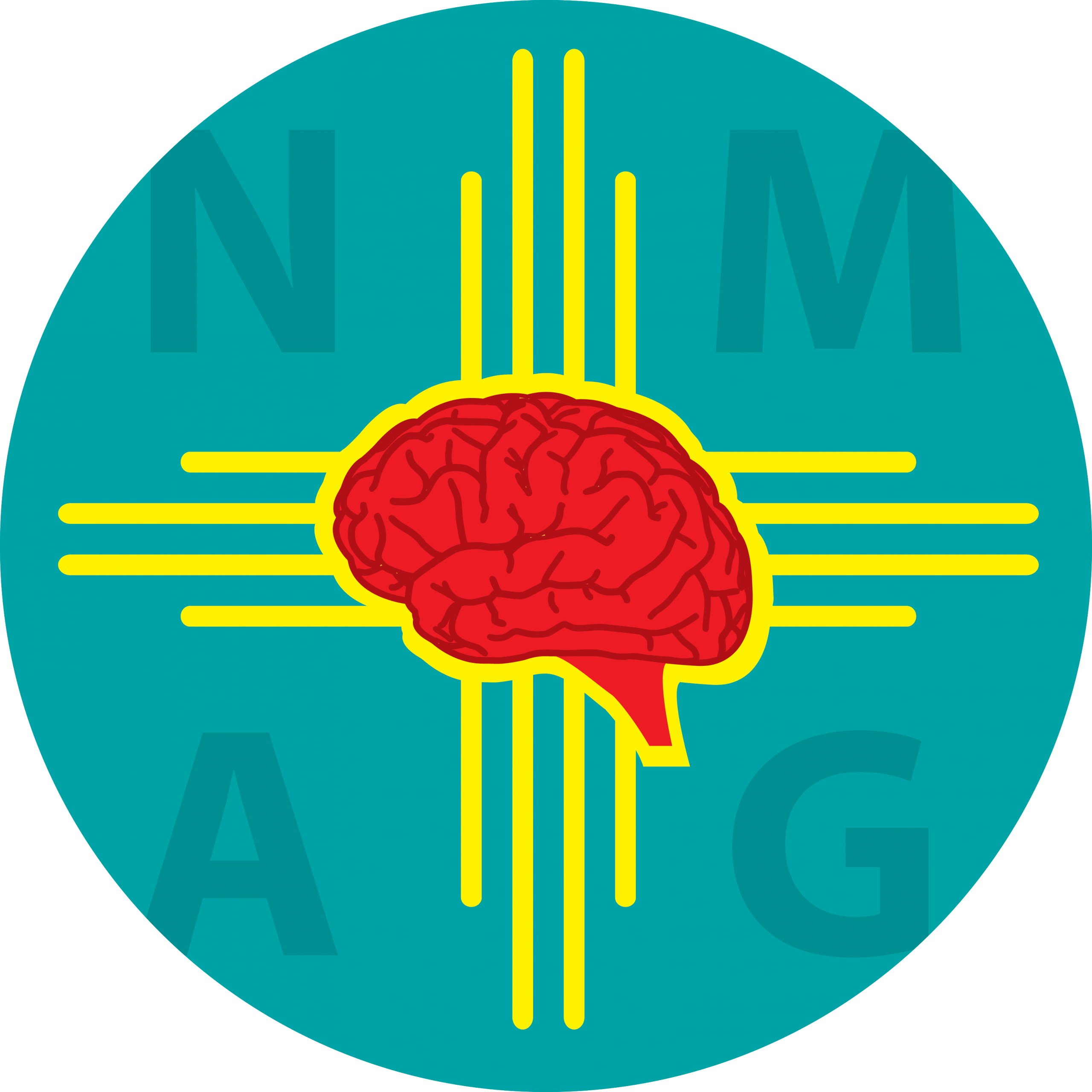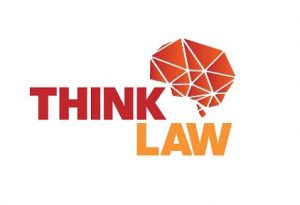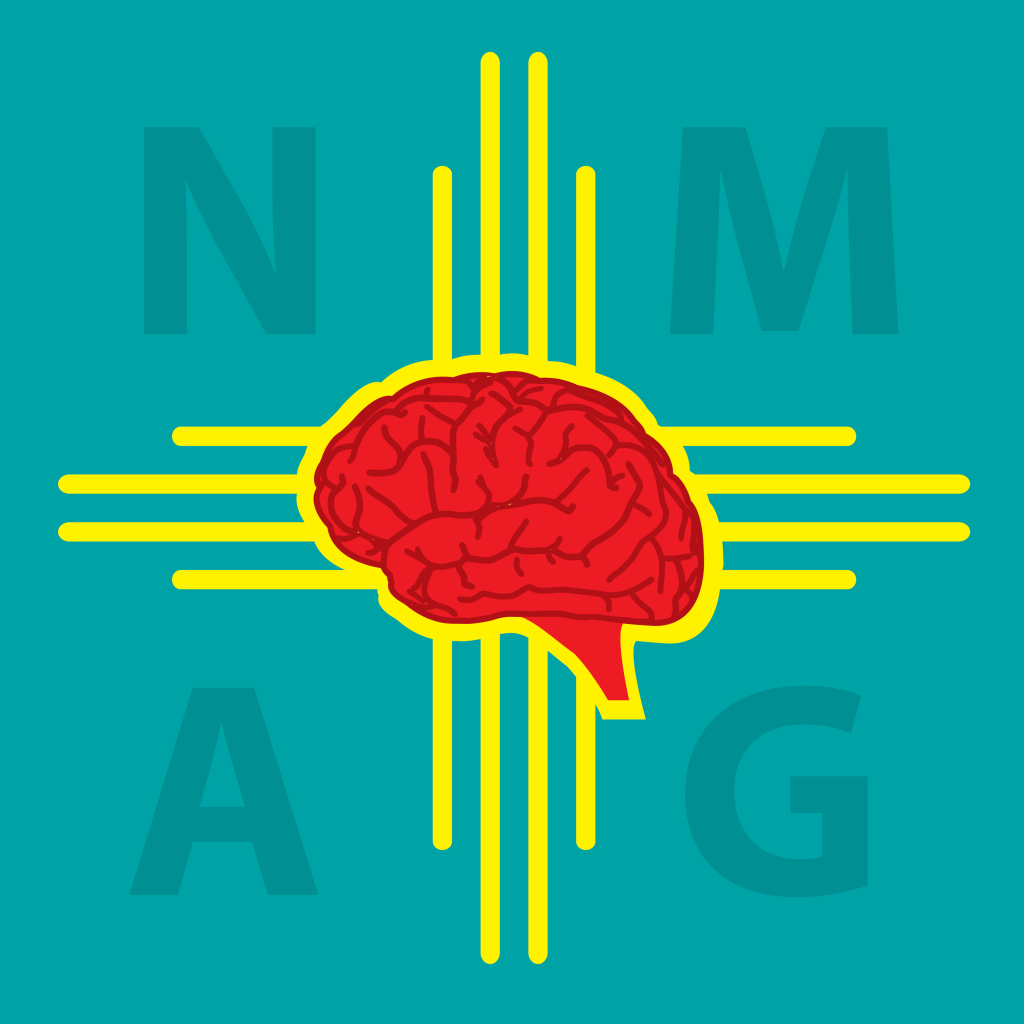Although many educators value as an outcome students’ skillful critical thinking, many still choose to limit student decision-making and to avoid opportunities for practice it. Art classes can be a locus of critical thinking, defined as well-reasoned reflection informing decisions (Ennis, 1987), when art teachers encourage a cycle of reasoning, reflection, and evaluation, leading to artistic decision-making. Popular educational resources set high standards for the thinking students do in art class and recent research has shown that a rigorous art program can improve critical thinking skills.
Gifted students’ needs include the challenge of refining critical thinking skills in every class every year. Advancing at an appropriate pace in knowledge and skill is not enough to develop talent. Metacognitive abilities also must be developed in various contexts in order to maximize potential as future experts, scholars, and artists.
What would it take for art class to meet gifted students’ needs to develop their critical thinking skills, and what other benefits might art class have for the intellectually gifted?
Obstacles to teaching critical thinking
Thinking critically, students reflect on, evaluate, and solve open-ended problems, questions, or issues. Some teachers, however, may still keep learning simple. Some educators claim that perfecting basic skills is a prerequisite for open-ended problem solving. Others perceive the majority of their students as not yet mentally, socially, or emotionally ready to be challenged with critical thinking in school, and struggle to differentiate for those who do show readiness. Others expect critical thinking to happen outside of school. Still others avoid open-ended problems that might lead to classroom management issues or indicate a lack of authority on the part of the teacher, diminishing credibility.
In the elementary or secondary art classroom, additional pressure against critical thinking comes from a teacher’s anticipation of the student art show and its audience. The show is expected to look good, reflecting on the artistic competence of the teacher. But the visible manifestation of art students’ creative problem solving can be messy and unpredictable. Choosing the safer route, many art teachers do the bulk of the decision-making themselves and encourage the students to approach problems algorithmically, justifying this route as a way of boosting student confidence through attractive display and audience approval.
Critical thinking improves in a rigorous art program
Nancy Lampert (2011) of Virginia Commonwealth University has researched critical thinking and art education. Her background as a professional artist, graphic designer, and art director informs her research. She reported findings from research about an after school art program that she and her graduate students designed and implemented to help children of low income families develop as art problem solvers. Integrated pre- and post-tests showed a significant increase in students’ critical thinking performance. Her narrative of the progress students made described the struggle and discomfort students felt as they approached unfamiliar art problems, moving between creative and critical thought processes. The characteristics of the program that produced these results are not uncommon in rigorous art programs. Three components characterize the program model:
- Time to talk about the artwork with the group
- Friendly, welcoming classroom atmosphere
- A rigorous process
Lampert’s description of the instructional sequence also may be familiar to art teachers:
- Students see images of artists’ work relating to a well-defined problem;
- Students talk about what they see and explain their interpretations of the work;
- Students generate ideas for their own art in the context of the discussion;
- Students make art based on their ideas; and
- Students present their artwork and discuss it with classmates.
Lampert suggested that by empowering students to think for themselves, art programming with these components and processes may result in measurable growth in critical thinking skills. She anticipated that more empirical studies like hers are needed in order to demonstrate a generalizable effect.
What Lampert reported in her article about inquiry-based art education looks a lot like what was observed as “taking art education seriously” (p. 9) by Lois Hetland, Ellen Winner, Shirley Veenema, and Kimberly Sheridan (2007), of Harvard’s Project Zero, in their first edition of Studio Thinking: The Real Benefits of Art Education. Similarly rigorous standards for teaching and learning are also recognizable in the 2015 National Core Art Standards and associated Model Cornerstones Assessments. These resources seem to have had a widespread impact on art education in the United States, codifying high expectations for thinking in art class.
The intersection of art education and gifted education
For gifted students, such an approach to art education provides another, much needed opportunity to flex their reflective, evaluative, and creative thinking skills, either in regular education or in separate gifted programming. Appropriate visual art programming opportunities also may help gifted students to maintain a connection with the sensory world perceived directly, unmediated by verbal or quantitative symbol systems. Typical of art class, perhaps more so than in gifted programming, metaperception (Haroutounian, 2017) parallels metacognition. Gifted students who are comfortable following set paths and discovering a predetermined correct answer may initially feel uncomfortable faced with in an open-ended art assignment. Similarly, students for whom skill with words and numbers has become a comfortable insulator against the ambiguity and relativity of aesthetics and sensory perception may also feel challenged by high expectations for thinking in art class. With appropriate supports, high expectations for well-reasoned decision making in art may help gifted students grow to be flexible, impactful leaders. Signs seem to indicate the paths of art education and gifted education are beginning to intersect.
References
Ennis, R.H. (1987). A taxonomy of critical thinking dispositions and abilities. In J.B. Baron & R.J. Sternberg (Eds.), Teaching thinking skills: Theory and practice (pp. 9-26). New York: W.H. Freeman.
Haroutounian, J. (2017). Artistic ways of knowing in gifted education: Encouraging every student to think like an artist. Roeper Review, 39(1).
Hetland, L.. Winner, E., Veenema, S., & Sheridan, K. (2007). Studio thinking: The real benefits of visual arts education. New York: Teachers College Press.
Lampert, N. (2011). A study of an after-school art programme and critical thinking. International Journal of Education through Art, 7(1), 55-67.
National Coalition for Core Arts Standards. (2015). National core arts standards.
- 2021 New Mexico Association for the Gifted Fall Institute Goes Virtual. - August 9, 2021
- NMAG 2021 Fall Institute: Recharge, Reenergize, Reimagine: Igniting the Spark of Our Gifted Learners - June 3, 2021
- Support House Bill 130 - February 21, 2021
- Support for House Bill 130: Equity and Excellence in Gifted Education Act - February 18, 2021
- Announcing the NMAG Four Corners Affiliate - August 16, 2019
- Webinar: Teaching the Gifted and Talented in Art - December 14, 2018
- Training and Maintaining Alternate Protocol for Gifted ID - November 14, 2018
- Download and Share Your Fall 2018 Newsletter - October 15, 2018
- Get Your Get Smart Full Program - October 10, 2018
- Your own Q: Special Agent Dr. Jackie Gerstein at our Get Smart Fall Institute - October 7, 2018







Leave a Reply
You must be logged in to post a comment.